
Tambopata National Reserve: Peru Gateway to the Amazon | Travel Blog
Welcome to the Tambopata National Reserve. A place where nature thrives in its purest form. A gateway to the Amazon Rainforest, located in the heart of Peru.
This reserve is a haven for biodiversity. It's home to over 1,000 species of butterflies, more than 100 species of mammals, and over 600 bird species. It's a living, breathing testament to the richness of our planet.
But Tambopata is more than just a wildlife sanctuary. It's a place where you can immerse yourself in the culture of the indigenous communities. It's a place where you can learn about the importance of conservation and sustainable tourism.
Tambopata National Reserve covers an impressive area of 274,690 hectares. Is near the Bahuaja-Sonene National Park, a vital part of the Amazon Rainforest. This reserve is a crucial hub for scientists and conservationists studying tropical ecology.
Visiting Tambopata is an adventure in itself. From guided tours through the dense jungle to river cruises on the Tambopata River, there's no shortage of activities to keep you engaged. And if you're lucky, you might even spot a jaguar or a giant otter.
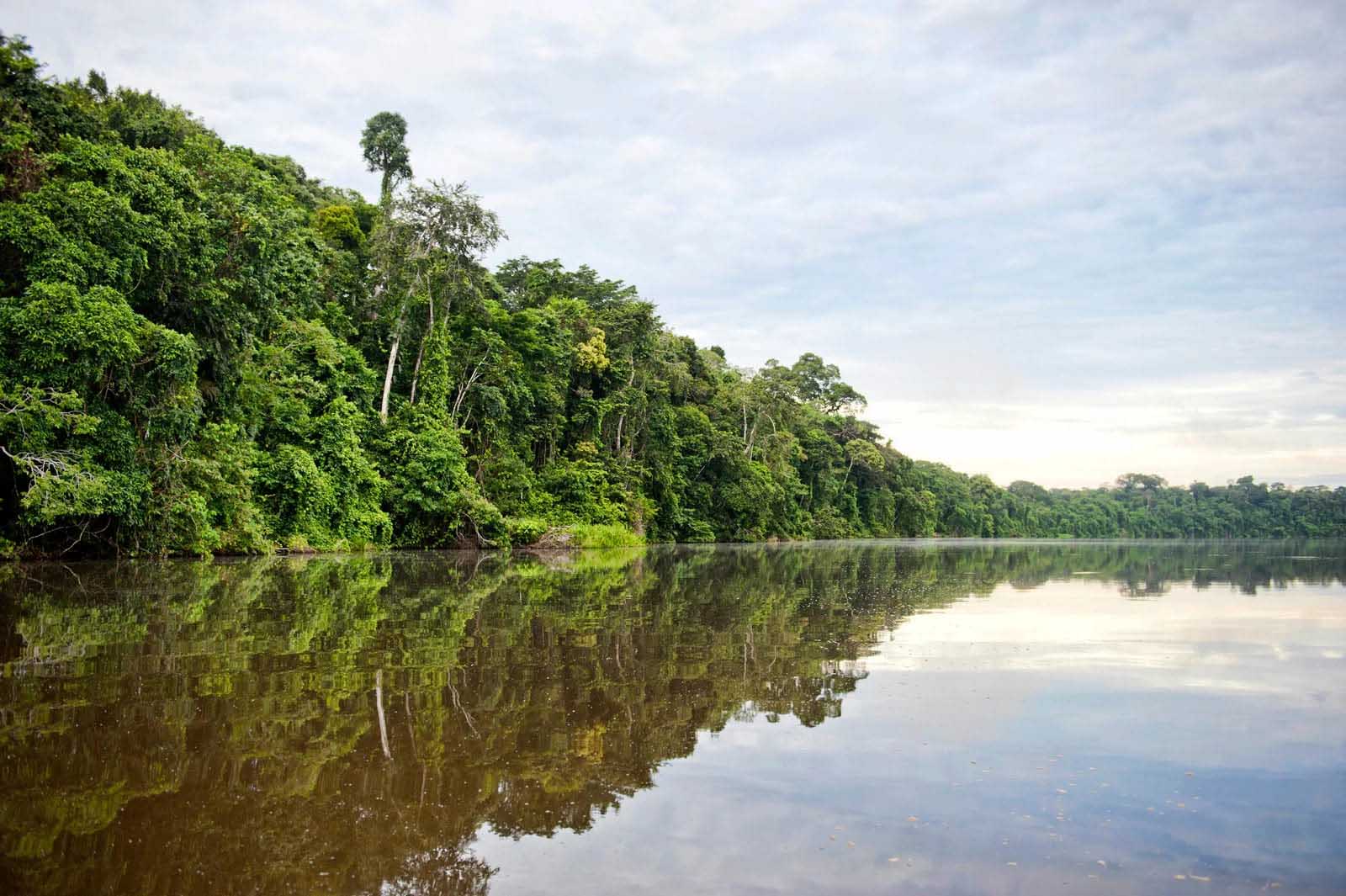
The reserve is accessible from Puerto Maldonado, a city known as the gateway to the Amazon Rainforest. The best time to visit is during the dry season, from May to October. But no matter when you visit, Tambopata promises an unforgettable experience.
Sustainable tourism is at the heart of Tambopata. Eco-lodges provide accommodation with minimal environmental impact. Visitors are encouraged to respect the natural habitat and cultural heritage of the area.
Tambopata is not just a travel destination. It's a place to learn, to explore, and to appreciate the beauty of our planet. It's a place to understand the importance of conservation and the role we can play in it.
So, are you ready to embark on a journey to Tambopata National Reserve? Are you ready to witness the wonders of the Amazon Rainforest? Are you ready to be part of a sustainable tourism movement?
Join us as we delve deeper into the wonders of Tambopata National Reserve. Let's explore its biodiversity, its culture, and its commitment to conservation. Let's discover why Tambopata is a must-visit destination for nature lovers and eco-conscious travelers.
Table of content
Discovering Tambopata National Reserve
Tambopata National Reserve beckons explorers and adventurers alike. Nestled within the Madre de Dios region, this reserve offers an unparalleled glimpse into the Amazon's wonders. It’s more than just a forest—it's a vibrant ecosystem teeming with life.
The reserve sprawls over 274,690 hectares. Every corner of Tambopata is brimming with life. Whether it's the vivid colors of a macaw flying overhead or the rustling of leaves signaling a nearby monkey, the Amazon is alive.
Venturing into Tambopata means encountering the untouched beauty of nature. The reserve shelters species ranging from majestic jaguars to playful capybaras. It's a canvas painted with diverse flora and fauna, all contributing to its vibrant tapestry.
Tambopata is a goldmine for scientists. Researchers flock here, attracted by the potential for new discoveries. They study everything from insect behavior to rainforest ecology, each unraveling more mysteries of the Amazon.
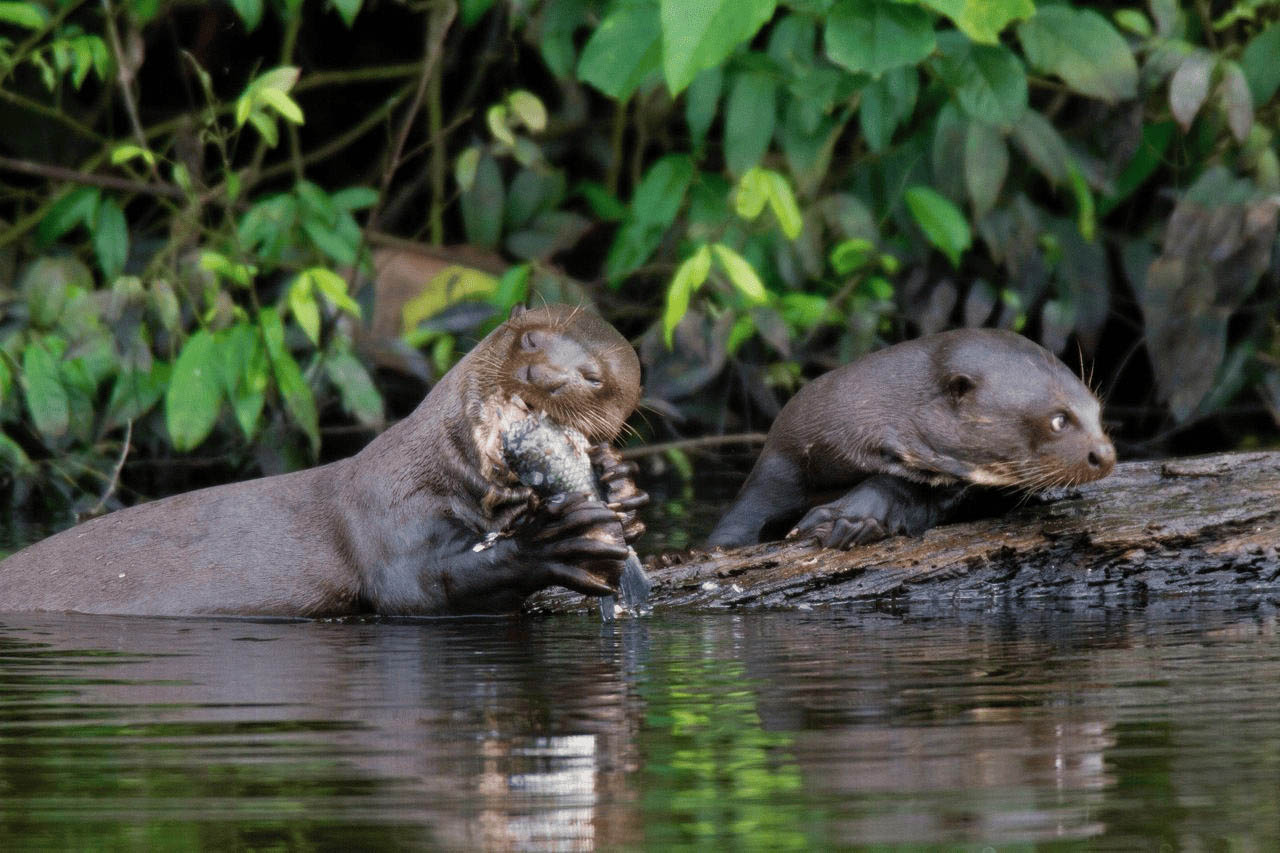
Visitors have the opportunity to engage in a genuine jungle experience. Guided tours offer a safe way to explore the dense forest and learn about its critical ecosystems. These experts ensure you don’t miss the nuanced details of this diverse wilderness.
The reserve also provides cultural insights. You can connect with indigenous communities, learning about their relationships with the land. These interactions offer a unique perspective on life in harmony with nature.
The reserve's beauty isn't just skin-deep. It plays a significant role in climate regulation, acting as a carbon sink vital for global ecological balance. Protecting Tambopata is crucial not just for Peru but for our planet.
Tambopata National Reserve is a unique fusion of adventure, science, and culture. It’s an open invitation to anyone yearning to connect with nature in its purest form. The journey through Tambopata is one of discovery, education, and wonder.
The Biodiversity of Tambopata
Tambopata stands as a beacon of biodiversity. This reserve is one of the most biologically diverse areas on Earth. It's a sanctuary where nature thrives unbounded.
Over 1,000 species of butterflies flutter within its borders. Their vibrant colors are a spectacle to behold. These insects play crucial roles in pollination, contributing to the health of the ecosystem.
The reserve is home to more than 100 species of mammals. These include elusive jaguars and charismatic giant otters. Each animal contributes to the delicate balance of the ecosystem, ensuring its continued prosperity.
Bird lovers will find heaven here. With over 600 species of birds, the skies of Tambopata are never empty. From the iconic macaws at clay licks to the elusive harpy eagle, the avian diversity is astounding.
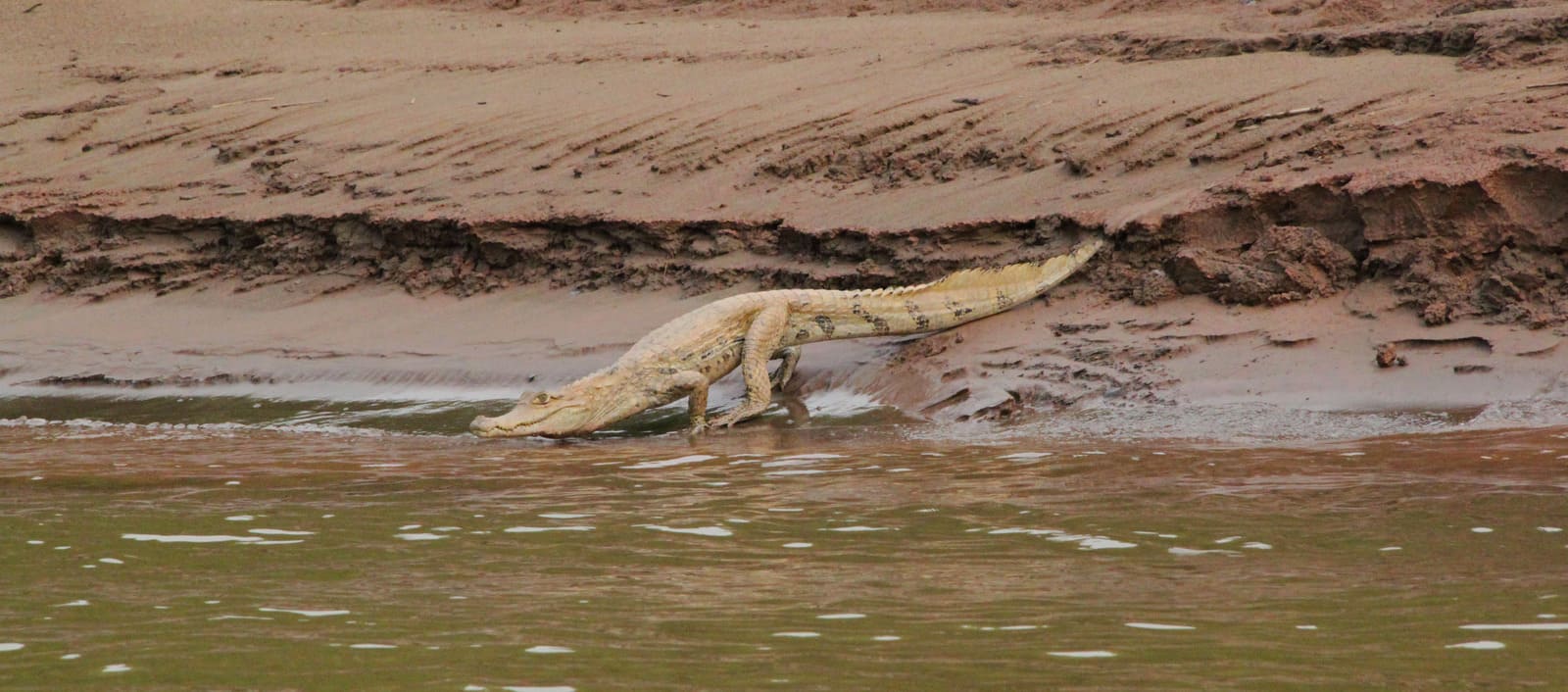
Reptiles and amphibians also thrive in Tambopata's humid climate. Snakes, caimans, and frogs weave their lives seamlessly into the fabric of the forest. Their presence is as vital as it is thrilling for wildlife enthusiasts.
The aquatic life in rivers and lakes is equally diverse. These waterways are integral to Tambopata's ecological health.
Every species in Tambopata, no matter how small, plays a part in its ecosystem. The interconnectedness of life here serves as a reminder of nature's intricate design. Protecting this biodiversity hotspot remains a shared responsibility for all visitors and global citizens.
The Indigenous Communities of Tambopata
Tambopata is not only rich in natural wonders. It's also home to vibrant indigenous communities. These people are the guardians of the forest, living in harmony with their surroundings.
Engaging with indigenous communities enriches the Tambopata experience. Visitors have the chance to learn traditional practices, from crafting to sustainable agriculture. These exchanges foster respect and understanding of different worldviews.
Community-run initiatives play a vital role in conservation. Indigenous groups actively participate in protecting their ancestral lands. Their involvement ensures that conservation efforts meet both environmental and cultural objectives.
Supporting indigenous communities means supporting the forest. Eco-tourism provides alternative income, helping safeguard both people and nature. Visitors contribute to projects that benefit local economies and preserve cultural heritage.
These communities stand as living testimonies to sustainable living practices. Their knowledge and practices hold keys to conservation that modern science continues to discover. In Tambopata, every visitor leaves not just with memories, but with invaluable lessons on coexisting with nature.
The Unique Ecosystems Within Tambopata
Tambopata boasts a variety of ecosystems. Each supports a different cast of plants and animals. This diversity is the backbone of Tambopata's ecological wonder.
The canopy is a layer of forest that bursts with life. Towering trees form a shelter for countless species. Birds, insects, and mammals find refuge here, contributing to a bustling aerial ecosystem.
Under the canopy lies the understory. It's a world of shadows and secrets. Smaller plants thrive here, in the dim light filtered through leaves above. Wildlife finds hiding spots and hunting grounds amid the dense vegetation.
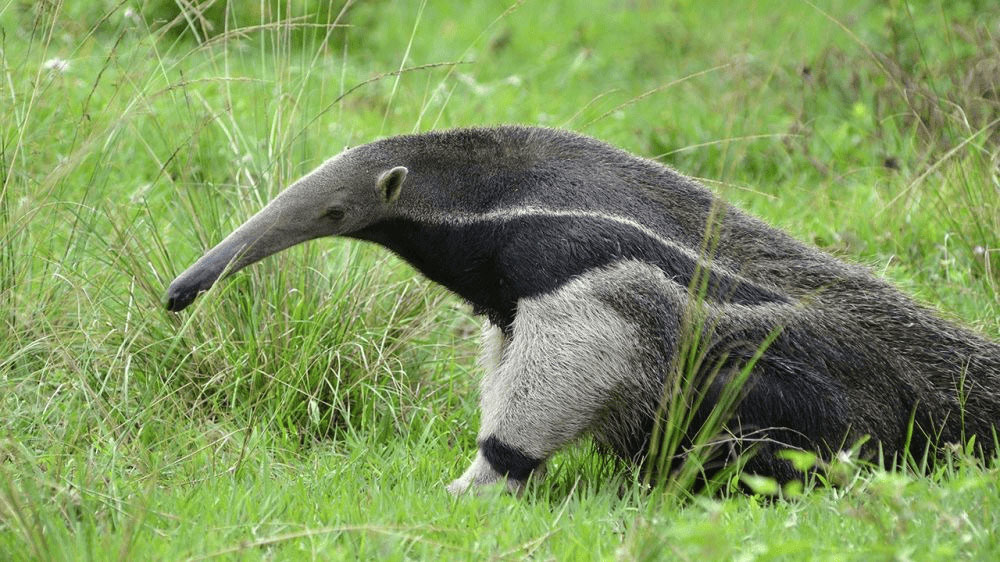
Rivers and oxbow lakes snake through the reserve. These waterways provide habitats for aquatic life and serve as vital resources for terrestrial animals. The Tambopata River is a lifeline, nurturing a wealth of biodiversity.
Clay licks are particularly fascinating features. They are natural mineral deposits where animals like parrots congregate. Visitors can witness the spectacular sight of colorful birds flocking to these licks for essential nutrients.
The reserve's ecosystems are not isolated. They interconnect, creating a network of life that supports Tambopata's immense biodiversity. Each ecosystem contributes to the resilience and richness of the forest as a whole.
From tree roots to treetops, Tambopata's ecosystems are a showcase of nature's brilliance. They embody the interdependence that sustains life. Exploring these ecosystems invites travelers to marvel at the intricate dance of survival in the heart of the Amazon.
Planning Your Tambopata Adventure
Embarking on a journey to Tambopata requires some forethought. With its remote location, planning ensures you make the most of your visit. This reserve offers a unique adventure for those who prepare well.
Start by researching reputable tour operators. Knowledgeable guides enhance your experience with insights into the wildlife and ecosystems. They can also assist with travel logistics.
Consider the length of your stay. A typical visit ranges from three to five days. This timeframe allows you to explore multiple aspects of the reserve, from rivers to rainforests.
If your are looking for a romantic escapade to the Amazon rainforest, Voyagers Travel has the right tour for you. Our Peru Honeymoon Package is perfect for those lovers with the wish of adventure and to dicover themselves. It includes destinations like Lima, Arequipa, Cusco, Puno and Tambopata. Enjoy this trip with ease and a new view of the world.
It’s essential to understand the local environment and culture. Respecting both will enrich your journey, leaving you with a deeper connection to this extraordinary place. With careful planning, your Tambopata adventure will be both fulfilling and unforgettable.
How to Get to Tambopata National Reserve
Accessing Tambopata requires several travel steps. The first is getting to Lima, Peru's bustling capital. From Lima, travelers take a domestic flight to Puerto Maldonado, the gateway to the reserve.
Upon arriving in Puerto Maldonado, the adventure takes a turn. You will likely need a boat ride along the Tambopata River to reach the deeper parts of the reserve. These river excursions offer an early taste of the surrounding natural beauty.
Organized tours typically include these transportation arrangements. They ensure safety and efficiency, crucial when navigating the Amazon. Be sure to book in advance, particularly during peak travel seasons.
Puerto Maldonado is a small yet vibrant city. Spend a day here to acclimatize and gather any last-minute essentials. This preparatory step can make your journey more comfortable.
Those seeking a self-guided trip can rent vehicles. But remember, roads can be challenging, particularly during the rainy season. Always prioritize safety and seek local advice when needed.
Here’s a quick travel summary to guide you:
- Fly to Lima: International flights land here.
- Connect to Puerto Maldonado: Domestic flight from Lima.
- Transfer by Boat: Reach lodges via the Tambopata River.
- Rental Options: Consider this for independent travel.
Each travel phase brings you closer to Tambopata. The journey may be complex, but it’s part of the adventure. Arriving at the reserve, the marvels of the Amazon await.
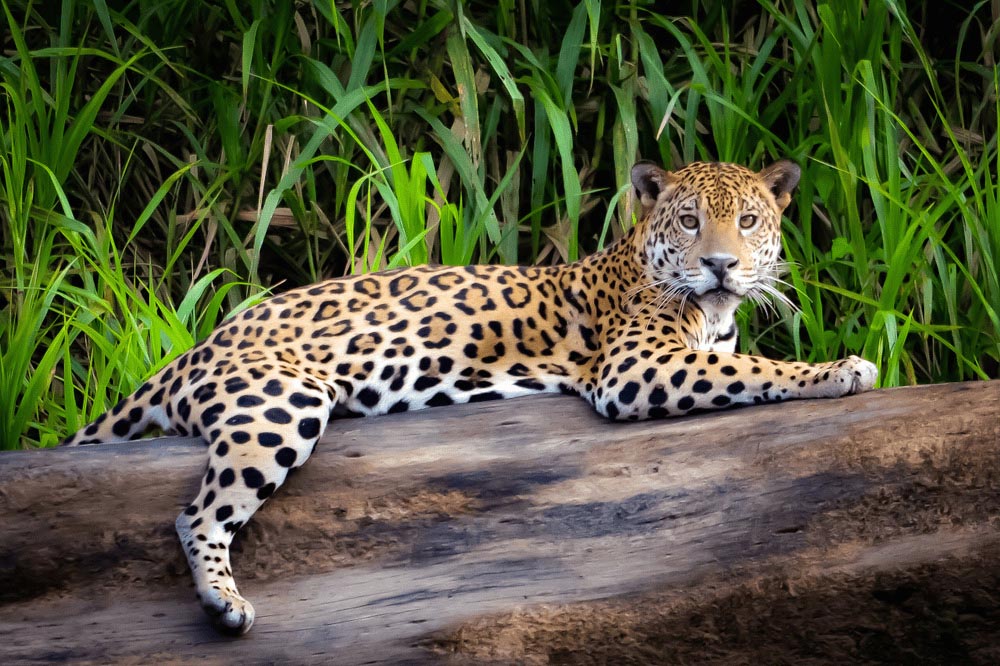
Best Times to Visit Tambopata
Timing your visit to Tambopata can influence your experience. The Amazon exhibits two primary seasons: dry and wet. Each offers distinct advantages and disadvantages.
The dry season, from May to October, is the most popular for tourists. With lower rainfall, trails and river pathways remain accessible. Wildlife spotting is easier as animals gather at water sources.
During the dry season, days are sunnier, contributing to clearer views. This period also coincides with peak birdwatching opportunities. Macaws are especially active, providing vibrant photo opportunities.
The wet season runs from November to April. Rainfall revitalizes the forest, making it even more lush and green. Fewer tourists visit during this time, offering a quieter experience.
Despite wet conditions, river levels rise, making boat travel simpler. A hydrological phenomenon known as the "rising river" can be observed. It provides another unique perspective on the rainforest ecosystem.
Here’s a seasonal guide to plan your visit:
- Dry Season (May-Oct): Ideal for trekking and wildlife watching.
- Wet Season (Nov-Apr): Lush scenery and fewer tourists.
- High Water: Easier river navigation during wet months.
Seasonal differences shape your Tambopata adventure. Choose a time that aligns with your interests for a remarkable journey. Each season delivers its own set of surprises.
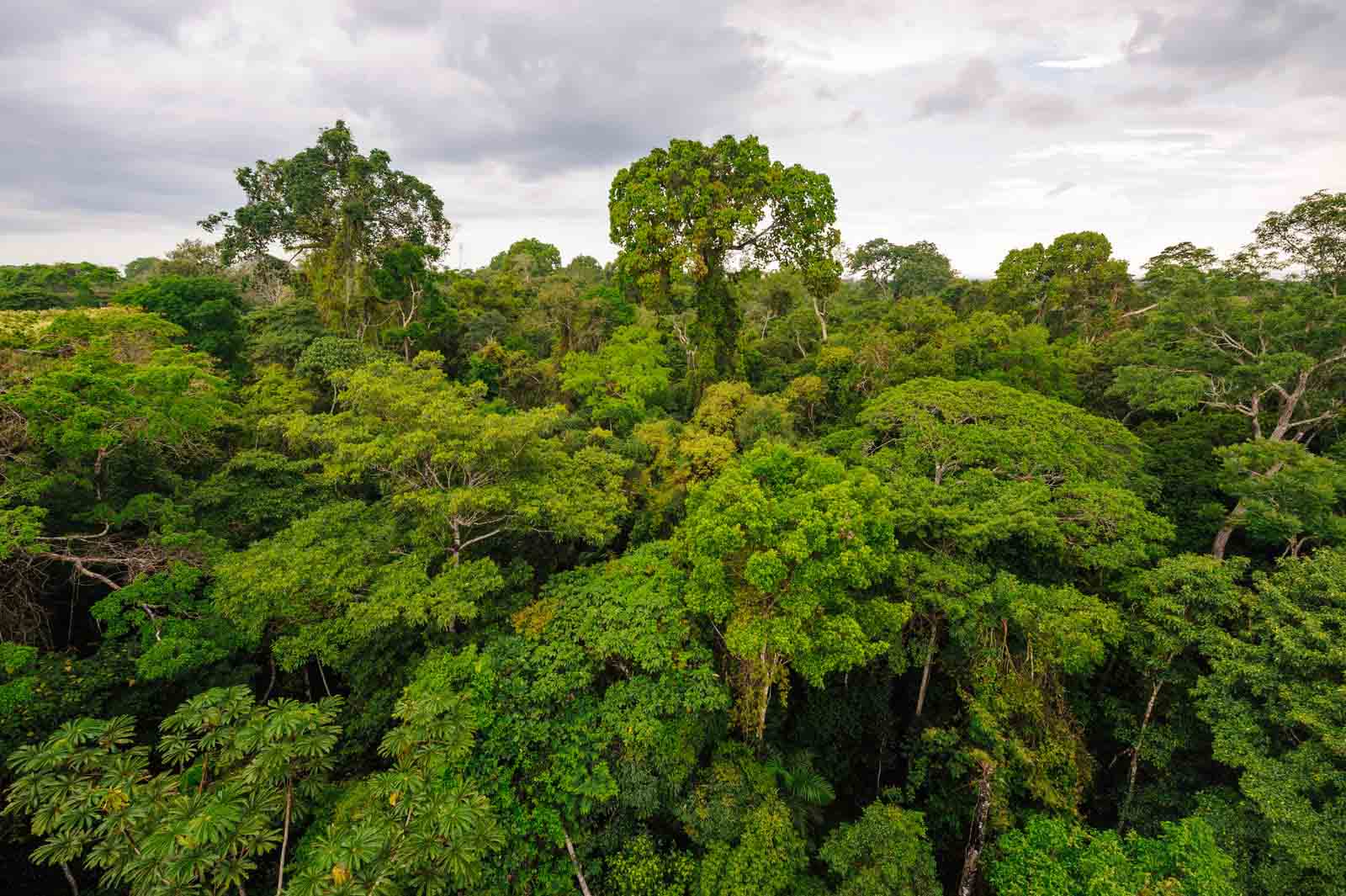
What to Pack for the Jungle
Packing wisely for Tambopata ensures comfort and safety. The Amazon climate demands specific essentials. Here’s a guide to help you pack efficiently for the jungle.
Focus on clothing that accommodates hot, humid conditions. Lightweight, long-sleeved shirts protect against insects and sun. Quick-drying pants and durable shoes are also necessary.
A good quality insect repellent is vital. Mosquitoes are common, especially at dusk and dawn. For added protection, bring a mosquito net for nighttime.
Binoculars enhance wildlife viewing, allowing you to observe from a distance without disturbance. A high-quality camera is ideal for capturing Tambopata's stunning beauty.
Here’s a basic packing list:
- Clothing: Lightweight, breathable, and sun-protective.
- Footwear: Waterproof and durable for trekking.
- Insect Repellent: Essential for comfort.
- Binoculars and Camera: For documenting your adventure.
- Rain Gear: Essential in case of unexpected showers.
Thoughtful packing elevates your Tambopata experience. It ensures that you’re well-prepared to tackle the jungle's challenges. With the right gear, you’ll fully enjoy the natural marvels that await.
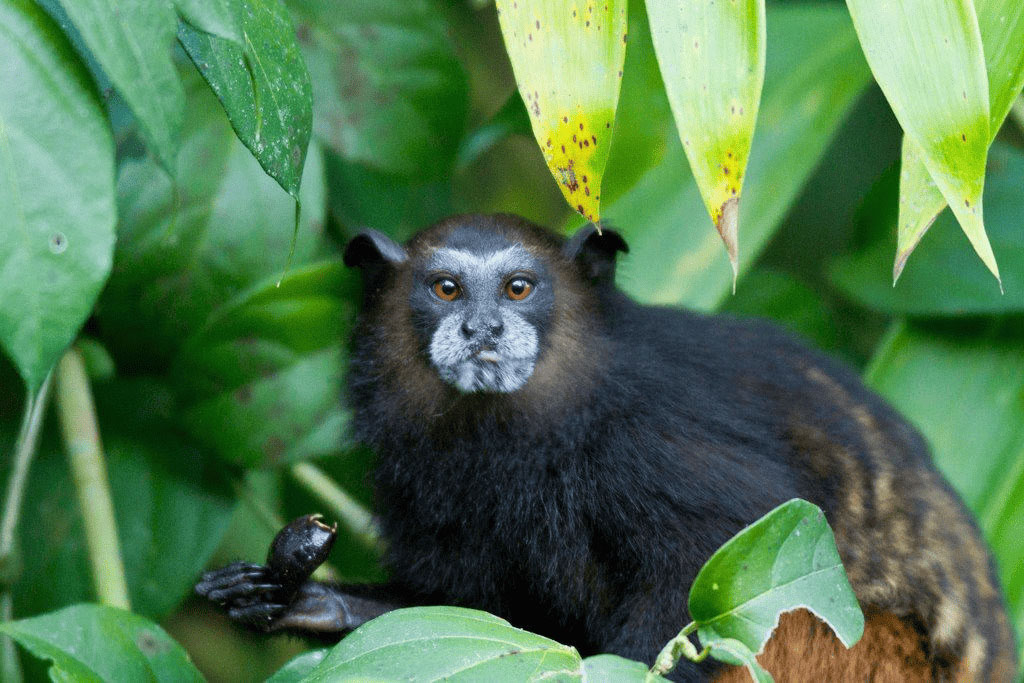
Experiencing Tambopata Tours
Tambopata National Reserve offers an array of tours that cater to diverse interests. Each adventure reveals a different facet of this vibrant ecosystem. Tours typically combine river cruises, jungle treks, and wildlife watching.
Guided tours provide access to hidden gems within the reserve. Expert guides share insights about the flora and fauna, enriching your experience. Their knowledge helps you spot animals that might otherwise go unnoticed.
Night tours add an element of intrigue to the experience. The Amazon transforms as nocturnal creatures emerge. This side of Tambopata is rarely seen during the day.
Small group sizes ensure personalized experiences. Tours focus on sustainable practices, minimizing environmental impact. As a result, visitors get closer to nature without compromising the ecosystem’s health.
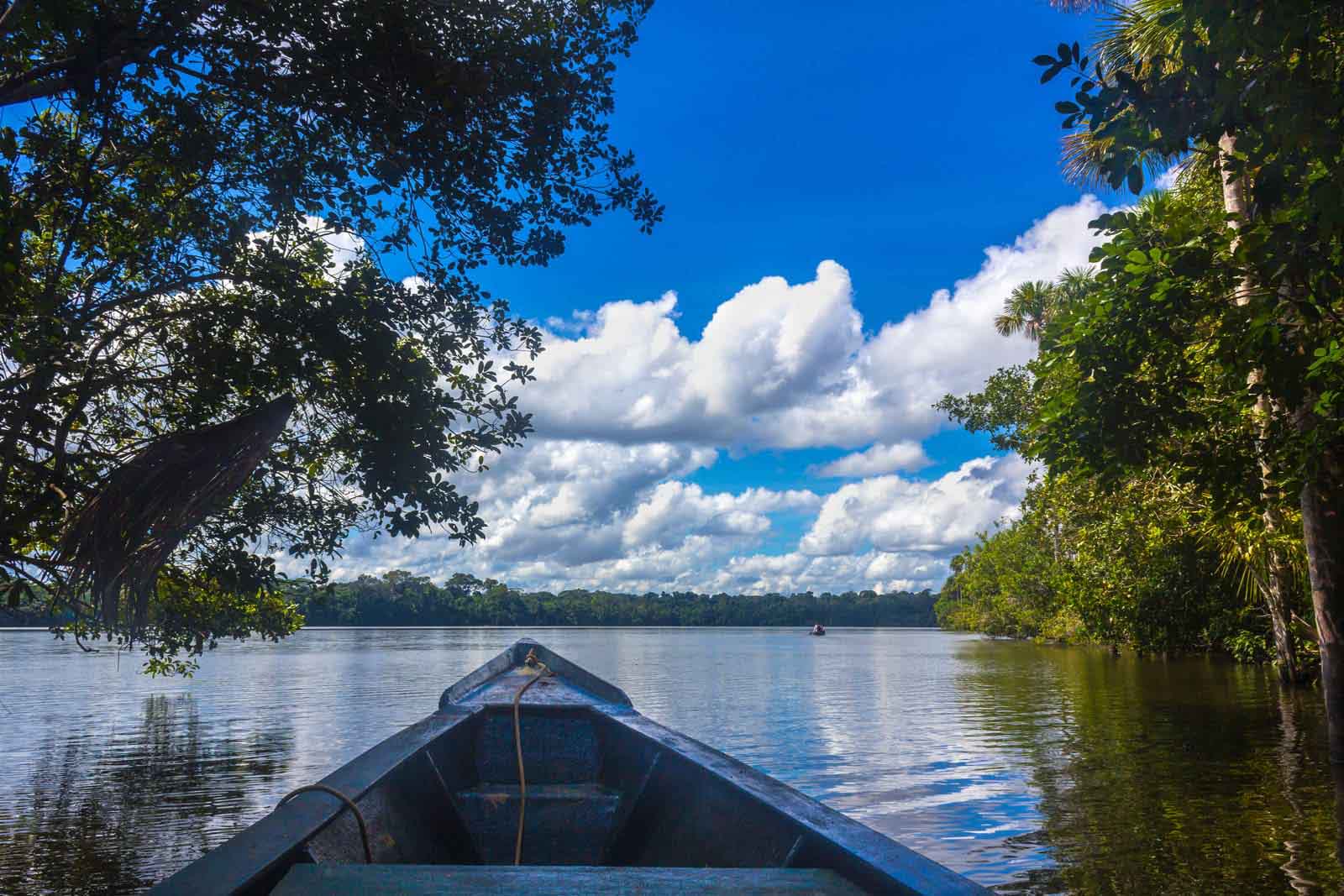
River Cruises and Jungle Treks
River cruises offer a tranquil way to explore Tambopata's waterways. These cruises reveal the lifeblood of the rainforest, providing a window into its aquatic biodiversity. Gliding along the Tambopata River, you might spot pink river dolphins or caimans basking on the banks.
Jungle treks immerse you deeper into the heart of the rainforest. They allow you to navigate trails dense with foliage, where each rustle might signal an elusive creature. Accompanied by experienced guides, trekkers gain insights into the ecosystem’s complexity.
Both river cruises and treks cater to different levels of physical fitness and interest. Whether you prefer a leisurely cruise or an adventurous hike, Tambopata offers experiences for all.
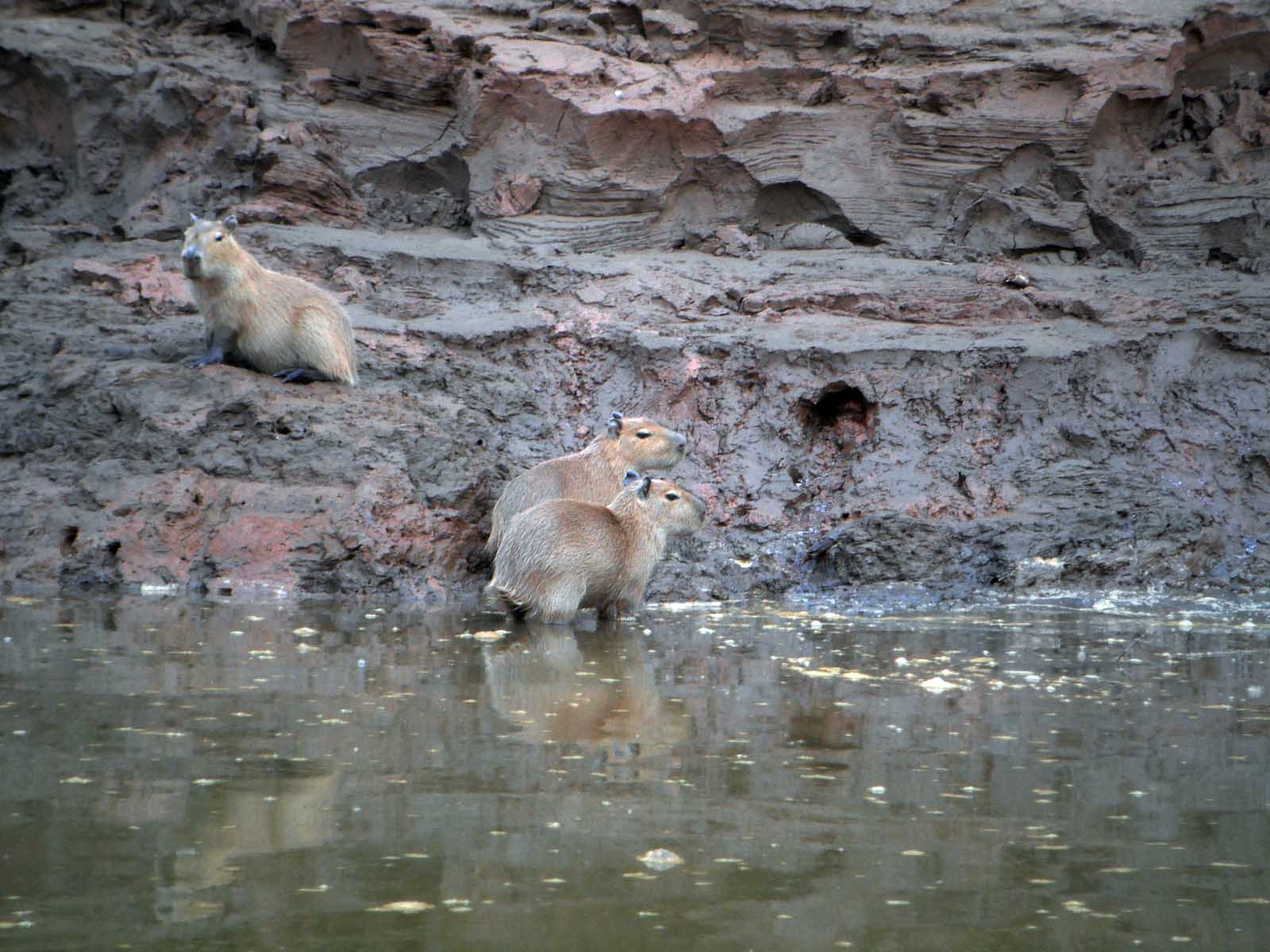
Daytime treks provide opportunities to encounter capybaras, monkeys, and a variety of bird species. Trails snake through bamboo groves and vine-draped trees, each step offering a new discovery.
Meanwhile, the water’s reflection adds a layer of beauty to the landscape. Photographers find these expeditions particularly rewarding. Each moment captured is a testament to the Amazon's grandeur and mystery.
Remember to wear appropriate clothing and footwear for jungle excursions. These tours can be physically demanding, but they’re incredibly rewarding. Ultimately, every trek reveals the intricate balance of life within the jungle.
Wildlife Watching and Photography
Tambopata's incredible biodiversity makes it a hotspot for wildlife enthusiasts and photographers. Over 600 bird species inhabit this area, including colorful macaws and elusive toucans. Birdwatching tours are designed to maximize viewing opportunities and capture photos of these stunning creatures in action.
The dense rainforest shelters many mammals, from playful monkeys to majestic jaguars. Guided safaris increase the likelihood of encountering these animals. Each sighting, no matter how brief, leaves a lasting impression.
Close observation reveals the Amazon's intricate food webs and symbiotic relationships. Guides help you understand these dynamics, turning each wildlife encounter into a learning opportunity. Such experiences deepen your appreciation for the region’s ecological importance.
Photography tours cater to both amateur and professional photographers. They focus on capturing Tambopata’s diverse habitats and their inhabitants. Photographers learn to adapt to challenging lighting conditions, often using natural light to enhance their shots.
Ensure you bring suitable camera equipment and lenses. Wildlife photography demands patience, but the results are worth it. Each photograph tells a story, highlighting the vibrant life that thrives in Tambopata.
Cultural and Conservation Activities
Beyond its natural wonders, Tambopata offers rich cultural experiences. Cultural tours allow visitors to learn about their traditions and way of life.
These encounters foster mutual respect and understanding. They also support local communities by generating income and promoting cultural preservation. Visitors gain insight into the indigenous perspectives on conservation and sustainable living.
Conservation activities provide another layer to the South America experience, including the Galápagos Islands. Participating in reforestation projects enables travelers to contribute directly to preserving the Amazon. Such initiatives promote ecological restoration and combat deforestation.
Educational tours at the Tambopata Research Center highlight scientific efforts in the region. Visitors engage with conservationists working to protect critical habitats and species. These experiences underscore the challenges and successes of protecting biodiversity.
Involvement in cultural and conservation activities creates a sense of responsibility. It empowers travelers to become advocates for environmental protection. In the end, contributing to local efforts enriches your visit, leaving a positive impact on the community and environment.
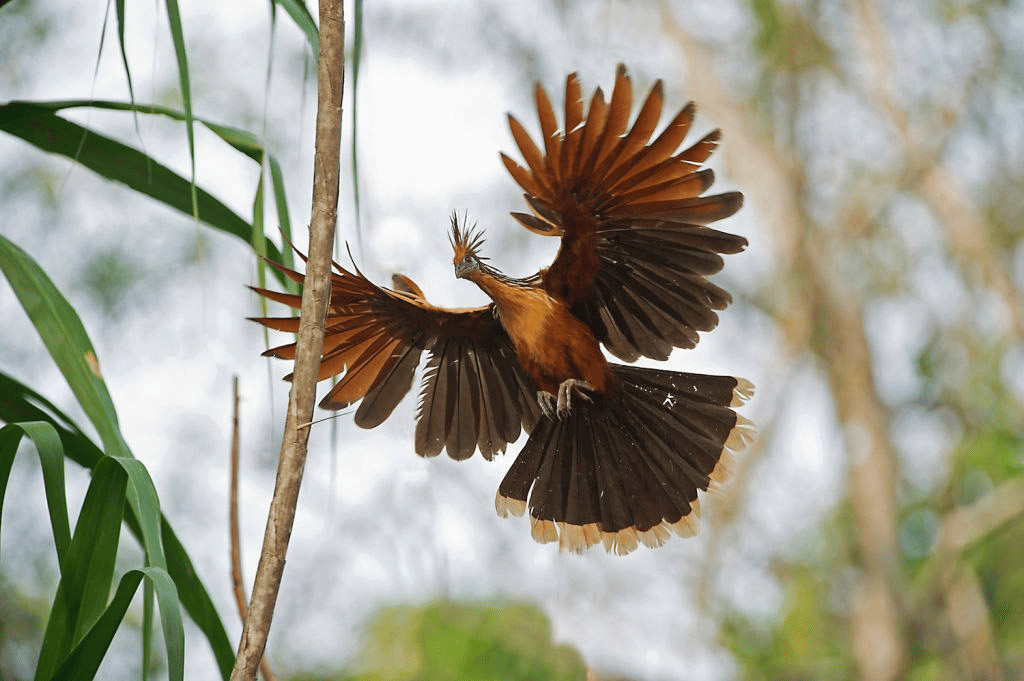
Frequently Asked Questions
Visiting Tambopata often raises questions for first-time travelers. Understanding what to expect enhances your experience. Here, we address common concerns to help you plan better.
Whether you wonder about safety or the best duration for your visit, we've got you covered. Exploring the Amazon is a unique adventure, so preparation is key. This ensures a rewarding trip filled with wonder and learning.
Finally, engaging with conservation efforts may pique your interest. Many programs welcome involvement from visitors. Your participation can make a meaningful difference.
Is Tambopata Safe for Travelers?
Tambopata tours are generally safe for travelers. Exercise standard precautions for personal safety. Use reputable tour operators with local expertise, like Voyagers Travel.
We provide guides familiar with the area and its challenges. We organize engaging activities and prioritize safety guidelines. Taking these measures ensures a smooth, trouble-free adventure.
How Long Should I Stay in Tambopata?
Our tour lets you experience the reserve's highlights. Consider extending your stay for a deeper dive into its wonders.
Longer visits afford more time for activities like birdwatching and river tours. Each day reveals new aspects of the Amazon's diverse ecosystems. A flexible itinerary enhances your appreciation of the environment.
The Call of the Wild
Tambopata National Reserve Peru offers a unique escape into nature's heart. Its vibrant ecosystems and diverse wildlife captivate visitors. This haven beckons those eager to explore the Amazon's marvels.
Engaging with Tambopata's environment and people enriches your journey. The reserve exemplifies successful conservation and sustainable tourism. Your visit supports ongoing efforts to preserve this precious landscape.
In Tambopata, the wild calls softly yet insistently. Answering this call rewards you with memories and insights that last a lifetime. Embark on this adventure and embrace the essence of the Amazon with Voyagers Travel.
Check Our Suggested Tours:
- Honeymoon In Peru - Peru Honeymoon Packages
- Family Adventure Tour
- The Soul of Two Worlds: A Grand Amazon & Andes Expedition 14d/13n
- Following the Path to the Sacred Sun Gate
- From the Heart of the Jungle to the Sacred Mountain: A Luxury Expedition Through the Amazon & Ausangate 16d/15n
- Peru By Belmond Tour


